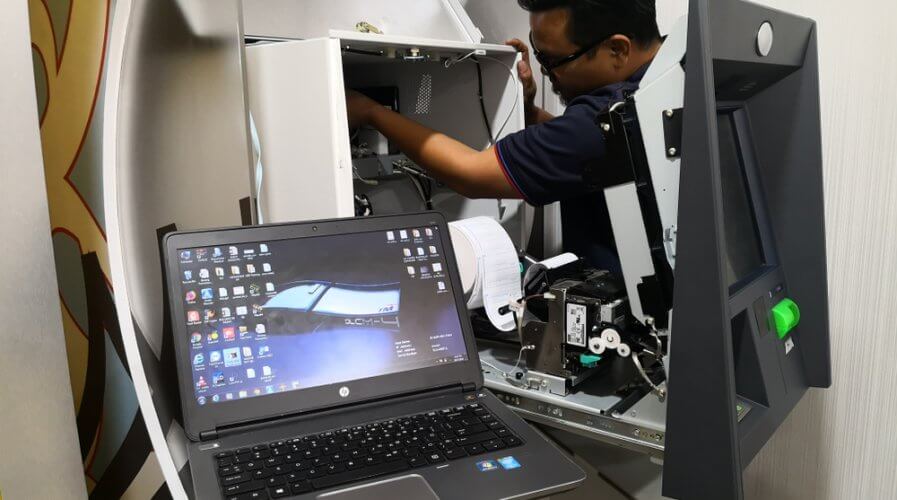
Organizations are looking to spend more on cloud services. Source: Shutterstock
Spending on public cloud to reach $26b this year — IDC
MIGRATING to the cloud promises several benefits — and although harnessing those hasn’t been easy for most companies — it seems like organizations have finally learned to tailor the cloud to their needs.
According to IDC, spending on public cloud services and infrastructure in the Asia Pacific (APAC) is forecast to reach US$26.0 billion this year, an increase of 47.1 percent over 2018 figures.
“Improving the business agility and speed is the main focus area for the adoption of Cloud technology in the region, access to new refined functionality and giving the business units more direct control over the sourcing of their own IT solutions are the other focus areas,” explained IDC APAC Customer Insights & Analysis Senior Research Manager Ashutosh Bisht.
Further, the think tank expects public cloud services to grow by almost three times over the forecast period (2018-2023) with a five-year compound annual growth rate (CAGR) of 33.9 percent reaching US$76.1 billion by 2023.
Of course, drilling into the specifics of the public cloud market reveals that Infrastructure as a Service (IaaS) is expected to remain the largest category of cloud computing. IaaS will account for 50.2 percent of overall public cloud spends this year and more than half throughout the forecast period.
Software as a Service (SaaS) is expected to take up a majority (39.03 percent) of the remaining cloud computing market, leaving just 10.7 percent to Platform as a Service (PaaS).
IDC’s forecast suggests that spending on IaaS will be balanced throughout the forecast with server spending trending slightly ahead of storage spending. SaaS spending, which is comprised of applications and system infrastructure software, will be dominated by applications purchases.
Finally, PaaS spending — although barely taking double digits in the cloud market right now — is expected to be led by data management software and record a five-year CAGR of 55.6 percent during the forecast period.
“Security concerns and IT governance are the major inhibitors towards the cloud adoption but sentiments about security on the public cloud have changed over recent years, with improving IT securities now considered as one of the top drivers for public cloud adoption.”
Legacy systems and infrastructure, it turns out, is more vulnerable to sophisticated attacks than transactional data on a cloud-based accounting package, for example.
In the case of the latter, it is up to the SaaS accounting package provider (usually a reputable technology company) to secure the application and the infrastructure.
Finally, while spending on cloud services is expected to skyrocket, IDC’s analysts clarify that the bulk of that is expected to flow from very large businesses (more than 1000 employees), medium-sized businesses (100-499 employees), and large businesses (500-999 employees), with 37.7 percent 29.8 percent, and 20.5 percent of all public cloud spending in the APAC.
Although small businesses (10-99 employees) and small offices (1-9 employees) will see spending on cloud in the low single digits throughout the forecast period, it doesn’t mean a majority of them won’t migrate to the cloud — it’s just that their spending will be proportionately smaller.
Overall, the reality is that public cloud services and infrastructure are expected to grow significantly. It is a critical part of the digital transformation plan for any organization and is not only expected to help lower IT costs and boost efficiencies but is also expected to help embrace other emerging technologies such as big data and artificial intelligence.
READ MORE
- Strategies for Democratizing GenAI
- The criticality of endpoint management in cybersecurity and operations
- Ethical AI: The renewed importance of safeguarding data and customer privacy in Generative AI applications
- How Japan balances AI-driven opportunities with cybersecurity needs
- Deploying SASE: Benchmarking your approach




